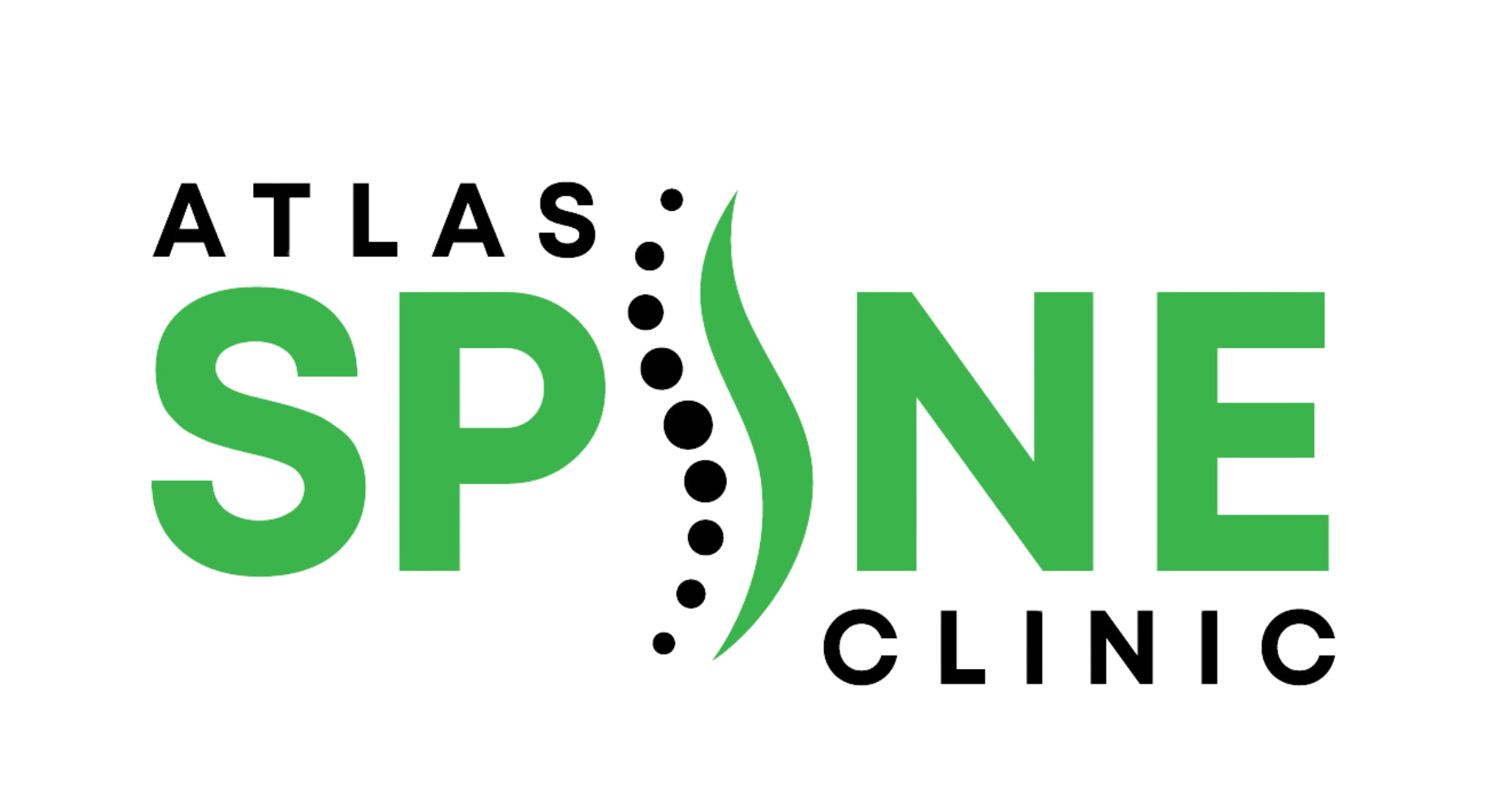Exploring Lumbar Spine Treatments
The human spine is a remarkable structure, providing the body with support, flexibility, and protection for the delicate spinal cord. However, the lumbar region, or the lower back, is particularly susceptible to strain, injury, and chronic pain due to its weight-bearing function and flexibility. Many individuals grapple with lumbar spine issues, seeking effective treatment options beyond conventional medicine.
Understanding Lumbar Spine Issues
The lumbar spine, consisting of five vertebrae (L1-L5), plays a pivotal role in supporting the body’s weight and allowing various movements. Unfortunately, this area is prone to:
Lower back pain: A prevalent concern affecting a significant portion of the global population, often caused by poor posture, muscle strain, injury, or underlying conditions.
Herniated discs: When the soft inner material of a disc protrudes through its tough outer layer, causing discomfort due to nerve compression.
Sciatica: Resulting from compression or irritation of the sciatic nerve, leading to pain, tingling, or numbness that radiates from the lower back down the leg.
Lower back pain: A prevalent concern affecting a significant portion of the global population, often caused by poor posture, muscle strain, injury, or underlying conditions.
Herniated discs: When the soft inner material of a disc protrudes through its tough outer layer, causing discomfort due to nerve compression.
Sciatica: Resulting from compression or irritation of the sciatic nerve, leading to pain, tingling, or numbness that radiates from the lower back down the leg.
Lumbar Spine Care
Chiropractic treatment focuses on the relationship between the spine and the nervous system. Chiropractors perform spinal adjustments, manipulating the spine to improve alignment, reduce pain, and enhance function. By doing so, they alleviate pain and improve mobility in the patient’s lumbar area. Chiropractors may even provide advice on posture, ergonomics, and lifestyle modifications to support long-term spinal health.
Physical Therapy entails personalized exercise routines to address muscular imbalances, enhance flexibility, and to improve overall functionality of the lumbar spine and surrounding areas. These exercises and stretches aim to stabilize the spine and decrease strain on the lower back. Physical therapists often collaborate with chiropractors, thereby providing a comprehensive approach to address musculoskeletal issues in the lumbar region.
Yoga and Pilates are both exercise methods that concentrate on core strength, flexibility, and posture. Both practices involve movements and poses that stretch and strengthen muscles around the spine. These exercises can enhance spinal alignment, reduce stiffness, and promote better posture. By engaging in these activities regularly, patients may experience reduced discomfort in the lower back and a lowered risk of future lumbar spine issues.
Acupuncture, an integral part of traditional Chinese medicine, involves the insertion of thin needles into trigger points on the body. In the case of lower back pain, acupuncture aims to alleviate discomfort by promoting the body’s natural healing processes and improving energy flow. Studies have shown promising results in managing lower back pain, potentially by releasing endorphins and stimulating nerves and muscles in the lumbar area.
Massage therapy targets soft tissues such as muscles, ligaments, and tendons. Through various techniques, massage therapists are able to alleviate muscle tension, increase blood circulation, and reduce discomfort in the lower back. Regular sessions can provide significant relief to individuals with lumbar spine issues.

A Well-rounded Treatment Plan
Adopting a blend of these treatments presents numerous advantages:
Comprehensive Care: Each method supplements the others, resulting in a more holistic approach to healing.
Tailored Treatment: Individualized care allows for a more effective and succesful path toward recovery. Whether you opt for chiropractic care, physical therapy, or regular massages, the tailored treatment approach ensures that the care provided is precisely what each person’s body requires.
Reduced Dependence on Medication: These methods may diminish the need for pharmaceutical intervention in managing your discomfort. While medication can be effective in temporarily alleviating pain, it often comes with potential side effects and does not address the root cause of the problem.
In conclusion, the management of lumbar issues necessitates a well-rounded strategy that combines both conventional and alternative approaches. It’s important to recognize that there’s no one-size-fits-all solution for lumbar pain. However, a spectrum of treatments paves the way to a more resilient and pain-free lower back.






